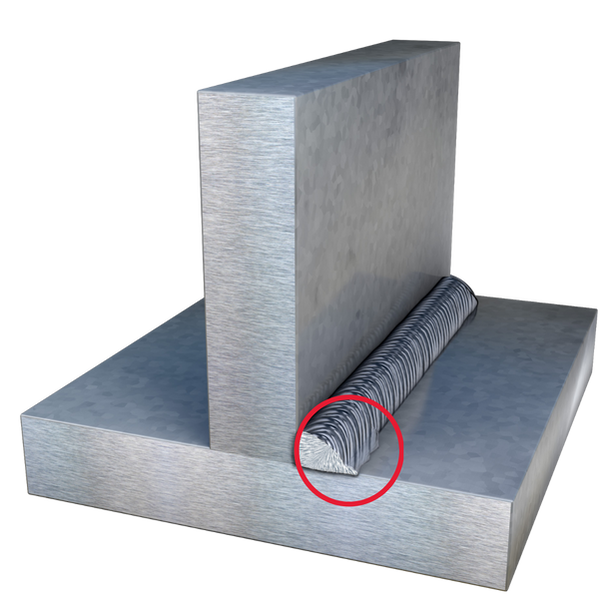Just How to Avoid Weld Undercut: Vital Tips for Welders
Just How to Avoid Weld Undercut: Vital Tips for Welders
Blog Article
Grasping the Art of Welding: Just How to Avoid Undercut Welding Issues for Flawless Manufacture Results
By understanding the root creates of undercut welding and applying effective techniques to prevent it, welders can raise their craft to new levels of excellence. In the quest of perfect construction outcomes, understanding the art of welding to avoid undercut issues is not just an ability yet a need for those making every effort for excellence in their job.
Recognizing Undercut Welding

To prevent undercut welding, welders should guarantee proper welding specifications, such as changing the present, voltage, travel speed, and maintaining the appropriate electrode angle. By comprehending the causes of undercut welding and executing precautionary steps, welders can accomplish premium, structurally sound welds.
Causes of Undercut in Welding
Recognizing the elements that contribute to undercut in welding is essential for welders to create high-grade, structurally sound welds. Insufficient welding present or inaccurate welding speed can also contribute to damage. Understanding these causes and implementing proper welding methods can aid protect against undercutting concerns, guaranteeing solid and durable welds.
Methods to Stop Undercutting

To reduce the threat of damaging in welding, welders can use tactical welding techniques intended at improving the top quality and integrity of the weld joints. Additionally, using the appropriate welding strategy for the specific joint arrangement, such as weave or stringer grains, can contribute to minimizing damaging.
Utilizing back-step welding strategies and regulating the weld grain account can additionally aid distribute warm evenly and minimize the threat of undercut. Regular assessment of the weld joint throughout and after welding, as well as executing top quality assurance steps, can assist in discovering and addressing undercutting problems without delay.
Value of Correct Welding Specifications
Selecting and keeping sites ideal welding specifications is essential for attaining effective welds with very little defects. Welding specifications describe variables such as voltage, existing, travel rate, electrode angle, and protecting gas circulation rate that directly impact the welding procedure. These criteria need to be very carefully readjusted based upon the sort of material being welded, its thickness, and the welding technique employed.
Proper welding specifications guarantee the ideal amount of warmth is related to melt the base steels and filler material uniformly. If the parameters are set also high, it can bring about excessive heat input, creating spatter, burn-through, or distortion. On the various other hand, if the specifications are also low, incomplete combination, lack of penetration, or damaging may occur.
Quality Control in Welding Workflow

Final Thought
In final thought, understanding the art of welding needs a detailed you could check here understanding of undercut welding, its reasons, and strategies to prevent it. By making certain appropriate welding specifications and carrying out quality control practices, flawless construction results can be accomplished. It is important for welders to continually make every effort for quality in their welding operations to stay clear of undercut problems and produce high-quality welds.
Undercut welding, an usual issue in welding procedures, occurs when the weld steel doesn't properly load the groove and leaves a groove or anxiety along the welded joint.To avoid undercut welding, welders should guarantee proper welding criteria, such as readjusting the existing, voltage, travel speed, and keeping the right electrode angle. Inadequate welding incorrect or existing welding rate can likewise contribute to undercut.To mitigate the threat of damaging in welding, welders can use critical welding strategies aimed at enhancing the top quality and stability of the weld joints.In conclusion, grasping the art of welding needs a complete understanding of undercut welding, its causes, and techniques to stop it.
Report this page